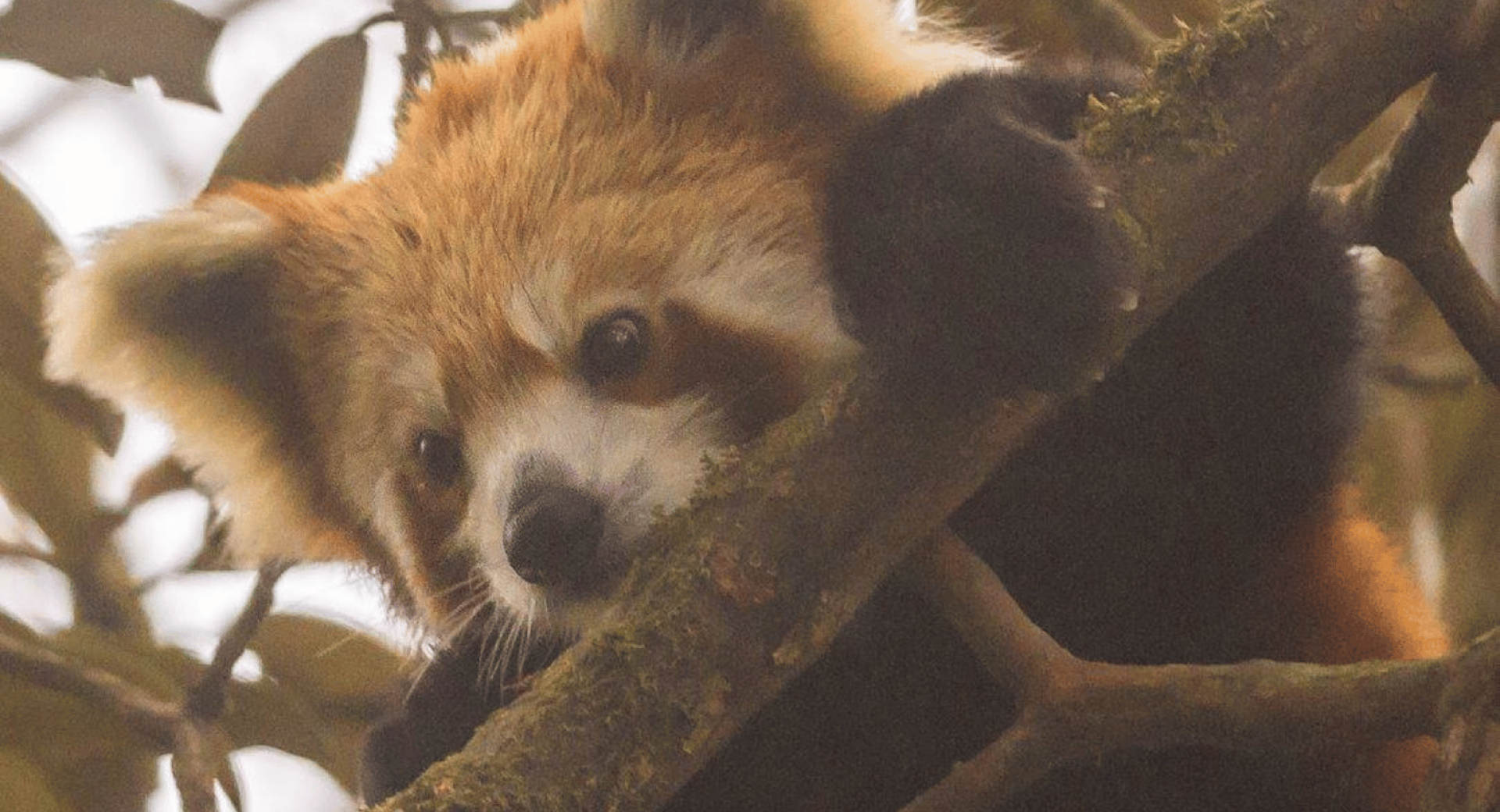
For people who’ve ever pictured themselves trekking through the forests of the Himalayas, exploring local flora and fauna during the day and sharing tea with locals at night, Red Panda Network can help turn those mental images into lasting photographs.
Red Panda Network (RPN) will resume Himalayan Phototrips in 2024.
The 2024 phototrip will be RPN’s first since 2018. Amateur and experienced photographers alike will have an opportunity to sharpen their skills while catching rare glimpses of red pandas in their natural habitat.
“If you like the outdoors, this is the trip for you,” said Rafael Salvador, who will co-lead the trip with National Geographic Explorer Molly Ferrill. Limited to six participants, the outing will begin and end in Kathmandu with stops in Bhadrapur, Dobato and various other locations along the way.
During the journey, participants will see iconic monuments and cultural sites of Kathmandu, share meals with local families and take in stunning views of some of the world’s highest mountains, including Mt. Makalu and Mt. Everest. The terrain is full of ravines and different angled slopes, but expert rangers from RPN will be there to help guide everyone, Salvador said. “The people from the Red Panda Network really know the setting. They have almost exclusive access to a corner of the world that’s rarely traveled by people.”
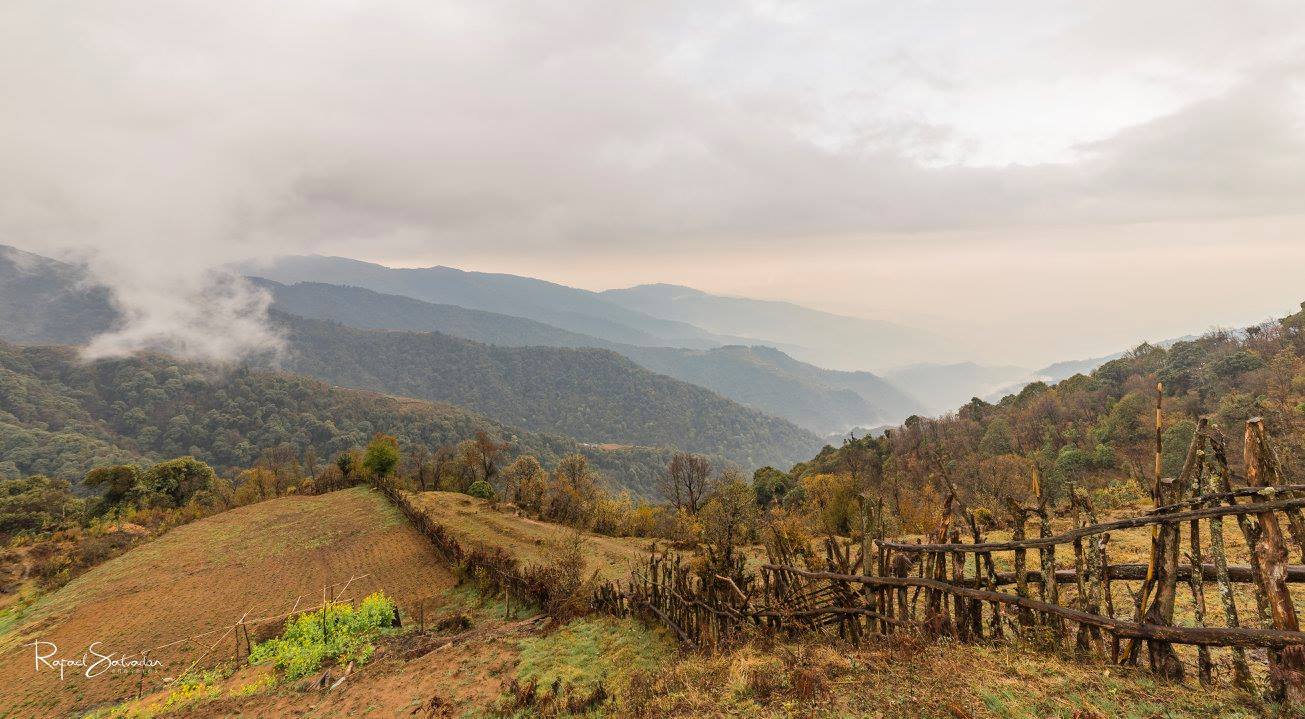
From April 2018 Himalayan Phototrip in eastern Nepal. Photo credit: Rafael Salvador.
A Picture of Sustainability
While the phototrips can give adventurers the experience of a lifetime, they are a key component of RPN’s community-based red panda conservation efforts. As reported here, ecotourism provides local communities with sustainable sources of income, such as hosting visitors and guiding nature excursions.
Traditionally, people in rural Nepal have depended on subsistence farming and forest resources for their survival. This in turn, has led to the loss of forest habitat that red pandas also depend on to live. With the alternative income that ecotourism brings, locals can afford to provide for their families as well as protect red panda territory.
Ecotourism also helps foster the relationship between RPN and communities in Nepal, Salvador said, “and in the end it allows people to create a unique experience that will always be different to everyone else’s and at the same time respecting the animal in its original setting.”
Photography education adds another layer of adventure to RPN’s ecotourism offerings. As veteran photographers, Ferrill and Salvador bring years of expertise to the phototrips. Salvador has a background in sports journalism photography with eight years of experience leading ecotours while Ferrill is an independent photographer, filmmaker and writer who has received multiple National Geographic grants.
 2024 Phototrip leaders: Rafael Salvador (left) and Molly Ferrill (right).
2024 Phototrip leaders: Rafael Salvador (left) and Molly Ferrill (right).
Participants will benefit from having two instructors, Salvador said, as he and Ferrill will be able to have more one-on-one time with them. “Everyone is going to feel comfortable plus the learning capacity of everyone is going to increase twofold.”
In addition, they’ll get tips on how to frame their photos in unexpected ways. “Many people know how to take typical pictures of historical monuments in different cities,” Salvador said. “I can help them take a picture that’s not commonly taken.”
Each day will begin with the phototrip leaders advising participants on what gear to bring for the scheduled activity. The group will have the opportunity to birdwatch and to photograph landscapes as well as a variety of animals, including the clouded leopard, Himalayan black bear and golden jackal.
“There is hiking involved, but we will make sure that we go at the pace that everybody is comfortable with,” said Ferrill, who is joining the RPN phototrip for the first time in 2024.
Hidden Gems
Of course, the star of the show will be the red panda.
“I definitely feel confident in instructing on the techniques to photograph them,” Ferrill said, “and a lot of that will involve patience, I’m sure, because I know they’re very hard to find.”
Despite the difficulties, RPN field guides have a nearly 100% success rate finding red pandas. On the last phototrip, the group spotted four red pandas in four days, Salvador said. They were even able to photograph two at one time for about 30 minutes. Care was taken to ensure that the red pandas were disturbed for as little time as possible, he said. “On a personal level, I really enjoyed seeing the devotion of everyone at the Red Panda Network to protecting the animal.”
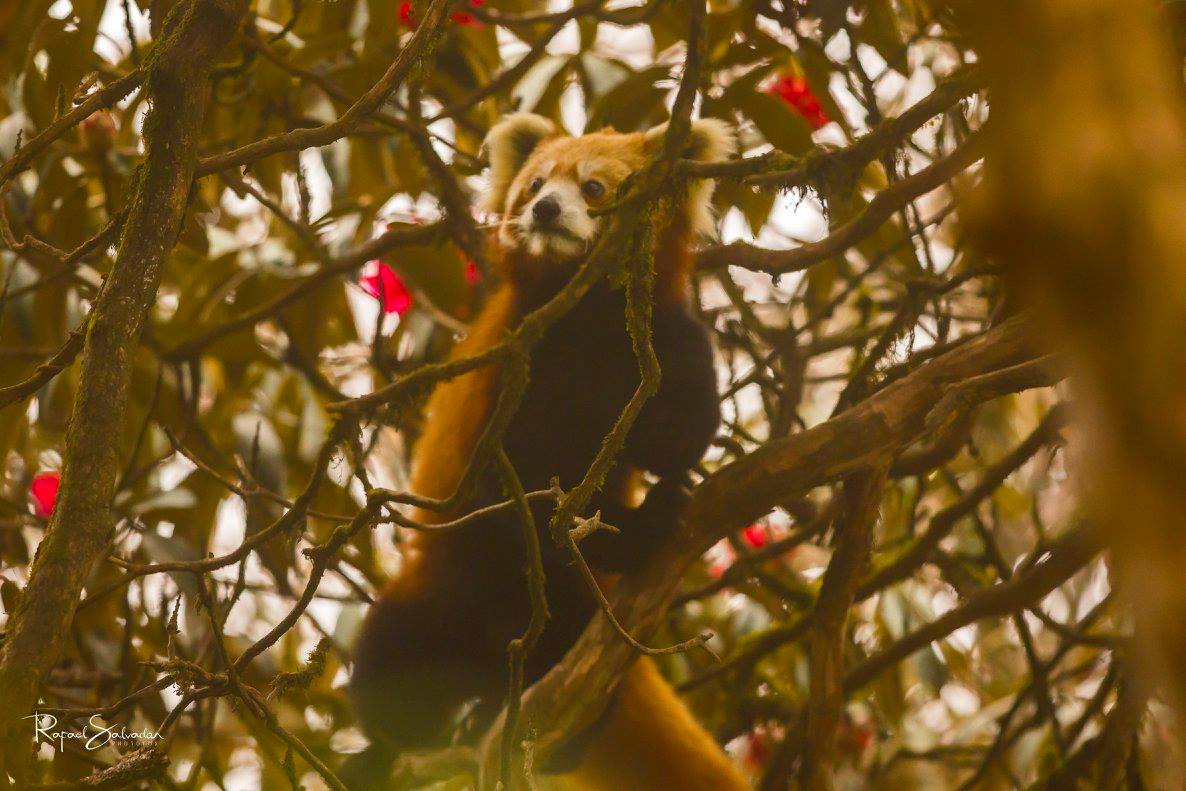 A wild red panda photographed by Rafael Salvador during April 2018 Himalayan Phototrip in eastern Nepal.
A wild red panda photographed by Rafael Salvador during April 2018 Himalayan Phototrip in eastern Nepal.
Sometimes the hardest part of wildlife photography is finding the wildlife species that you’re looking for, said Ferrill. “And it’s just incredible that RPN has that amazing success rate of finding them in the wild,” she said. “It’s such an incredible thing to be able to go with them and really know that you’re gonna almost certainly find a red panda and be able to not only photograph it but just experience being near such an amazing animal. What an amazing opportunity I think that is.”
Ferrill has been on many wildlife photography expeditions where she spent weeks searching and either briefly encountered or never encountered the wildlife species she was looking for. “So that’s just amazing to be able to know that you’re in good hands and with someone who really, really knows the lay of the land and how to find them.”
Still, Salvador cautions ecotourists to remain patient when it comes to seeing wildlife. This is not a supermarket experience, where consumers can just pull what they want off a shelf whenever they want it, he said. “It’s both the beauty and the hardship of this trip because you might only be able to have some limited time with the red panda, but it's a time you won’t ever forget.”
Ferrill shared his sentiments. Wildlife is on its own time frame, and learning how to work with the pace of nature is an important skill to master in nature photography, she said.
“For me, part of the joys of wildlife photography is actually the experience of being in nature and even seeing the less elusive species and just, you know, ‘What kind of insects do we see?’; ‘What kind of small animals do we see?’; ‘What kind of views are we able to see?’; ‘How is the flora different?’; ‘What are the trees like?’” Ferrill said.
“I like to enjoy the whole experience, and so one of the things that I tell people to prepare for is that -- just to really soak up the entire experience and, yes, seeing the red pandas will be a really special part of that, and it looks extremely likely that we will, but I think a huge part of wildlife photography is patience and awareness of your surroundings, teaching yourself to appreciate being in the moment.”
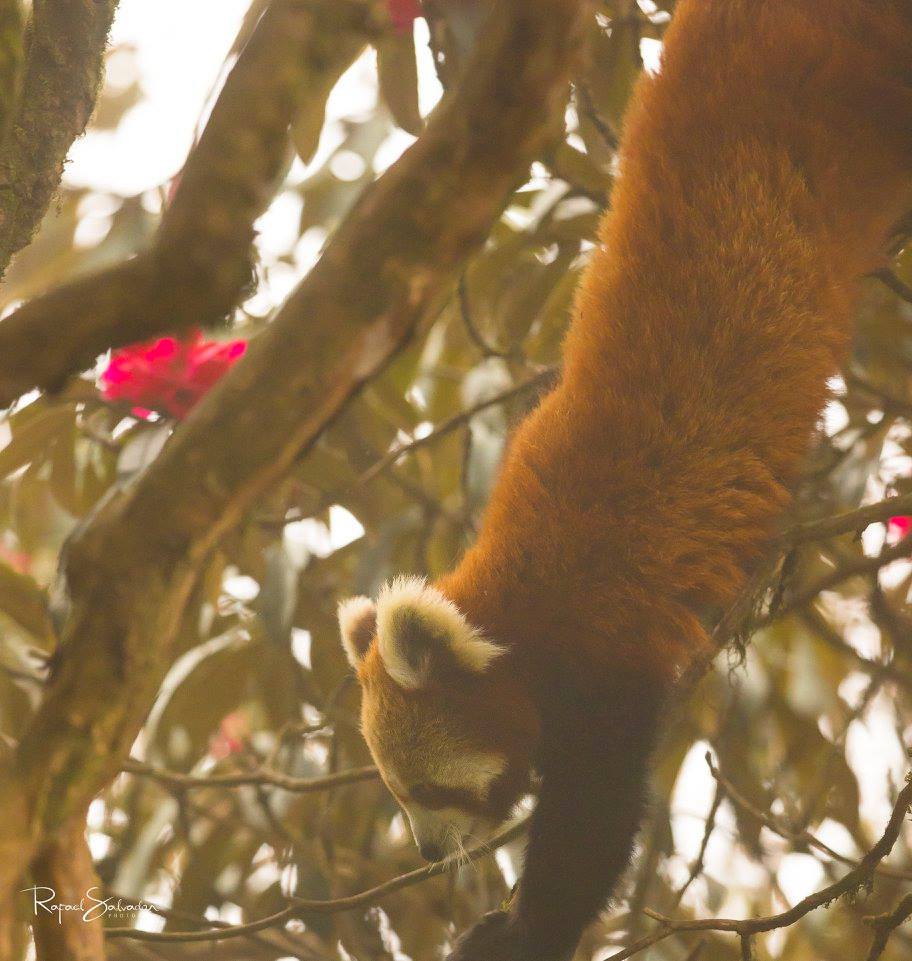 From April 2018 Himalayan Phototrip. Credit: Rafael Salvador.
From April 2018 Himalayan Phototrip. Credit: Rafael Salvador.
The Power of Connection
Aside from providing lessons for photography and life, the phototrips are an opportunity for Ferrill and Salvador to help people to connect with nature, red pandas and each other.
“I love to be able to help people connect with the wild,” Ferrill said, “and I think that’s something that’s so missing in so many of our day-to-day lives.”
She believes that images help people to feel connected to nature and to care about the animals they’re seeing in those images.
“So I think that if we have more storytellers, more photographers who are sharing beautiful photographs of red pandas, there’s a ripple effect,” Ferrill said. “Each person that is able to take a really compelling image or photograph of a red panda is going to share that with the world, and more people are going to know about them and more people are going to want to protect them.”
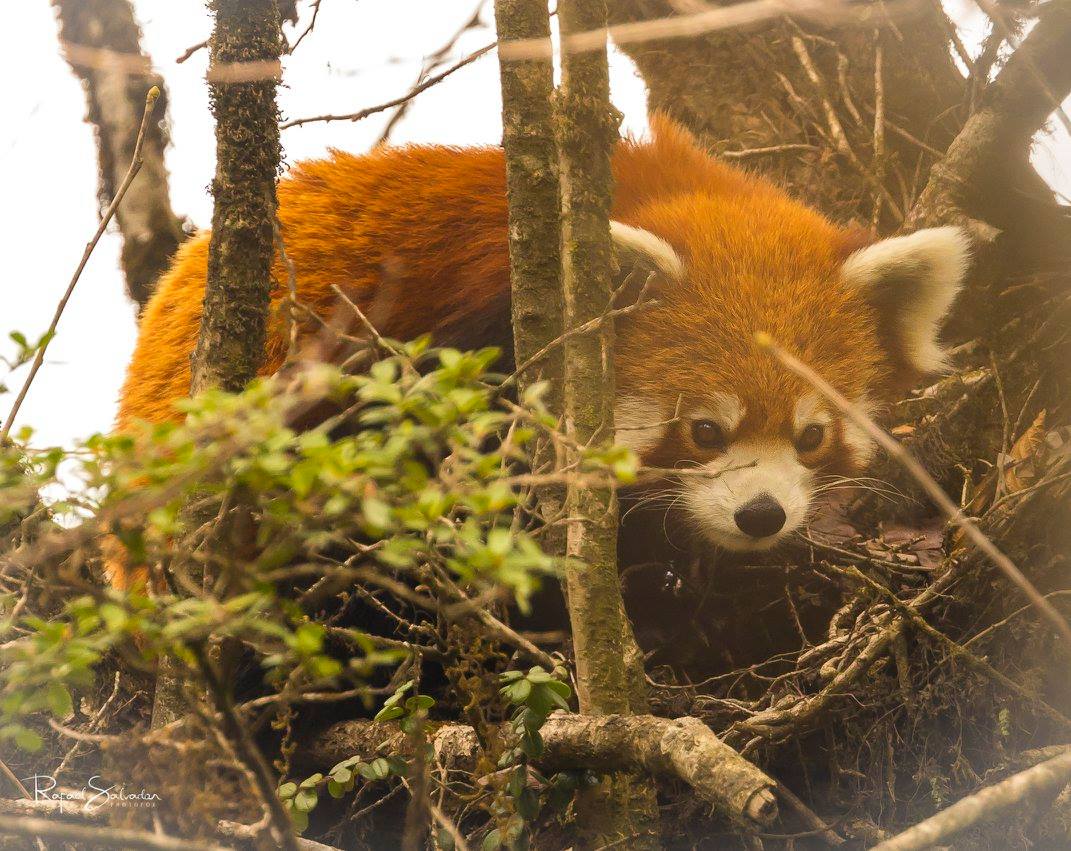 From April 2018 Himalayan Phototrip. Credit: Rafael Salvador.
From April 2018 Himalayan Phototrip. Credit: Rafael Salvador.
The shared experience of creating these images also brings people together.
“I’ve made lifetime friends out of the trips,” Salvador said. “People have kept in touch after the trip, and that’s actually brought them to repeat and actually do other wildlife experiences.
“It makes me happy to see that other people have connected thanks to me.”
For more information on cost, gear and other Himalayan Phototrip details, please visit this page.
Dawn Peterson
Writing and Communications Volunteer
Red Panda Network
